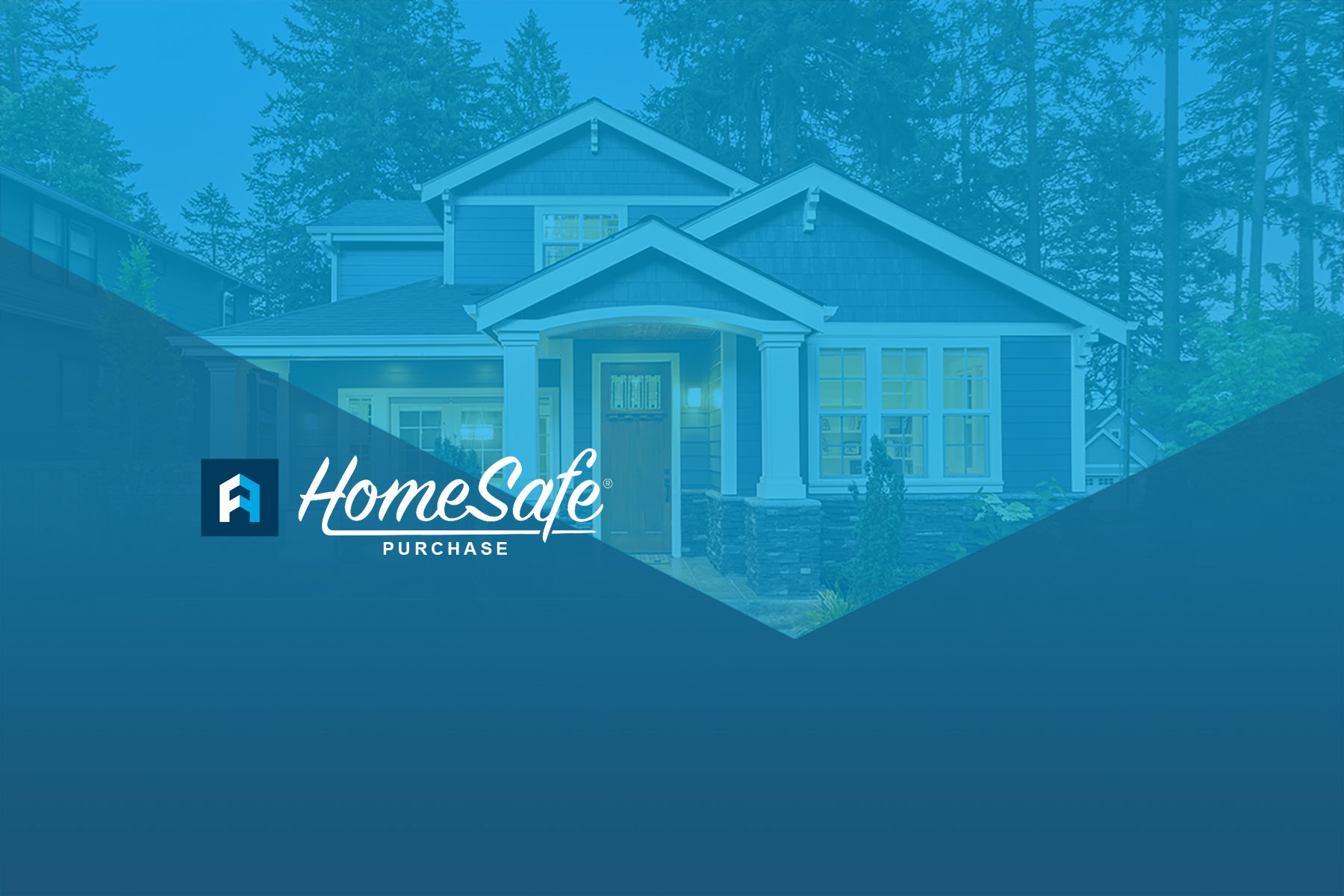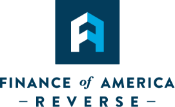Do you feel like you fell behind in your retirement savings plan? You are not alone. According to a 2017 study by the Stanford Center on Longevity, 27% of baby boomers were just getting started or fell behind on saving for retirement, while 5% felt lost and confused about making retirement work. With so many soon-to-be retirees facing a crisis with retirement savings, Finance of America Reverse LLC (FAR) is here to help homeowners brace for retirement by harnessing their largest asset… Their home. This article covers the biggest concerns that retirees face in retirement and how leveraging home equity can help alleviate these concerns.
Financial security – income concerns
Many retirees are in a situation where they need to begin supplementing income while trying to delay the start of social security benefits to try to maximize payments later in retirement. Many financial planners recommend clients delay claiming social security benefits for as long as possible, up to age 70. That’s because benefits increase up to 8% per year for delaying claiming between ages 62 and 70.
Reverse mortgage proceeds can provide an additional monthly income stream that can bridge the income gap while waiting to start social security benefits. Essentially, tenure payments from a reverse may supplement monthly needs until social security benefits reach their max.
Financial security – retirement portfolio concerns
In an unpredictable economy, retirees must decide when and how to start withdrawing from portfolio investments and traditional pension benefits (when available) while avoiding sequence of returns risks.
When planning a retirement portfolio distribution strategy, you should consider using a reverse mortgage line of credit as an alternative funding source. By doing so, you can take annual distributions from the portfolio in any year that investment returns are positive and the portfolio value after distribution will be greater than the original. Then you can leverage distributions for the reverse mortgage line of credit in any year that investment returns are negative and/or the portfolio value after distribution will be less than the original.
Financial security – medical bills and long-term care concerns
Medical spending accounted for 41% of the average $1,115 monthly social security benefits in 2013, says the Kaiser Family Foundation. Steve Vernon, Research Scholar from Stanford Center on Longevity, goes further to say that “health is a big concern for retirees. Thirty-seven percent of people age 50 and older believe they will need long-term care. Most likely twice that number will eventually require care.” It’s hard to tell whether your medical bills will skyrocket or if you will need long-term care, but even if you are in good health you cannot predict accidents or illnesses. The best time to plan for medical expenses and long-term care needs is before you need it.
If you are in a good spot financially, consider funding a life insurance policy with a long-term care benefit rider. To cover these costs, many retirees are using a reverse mortgage line of credit. This option is back-up to cover unexpected health care costs. Unlike insurance policies, there is no premium associated with the reverse mortgage, other than initial closing costs. The reverse also provides an increasing benefit as the unused line of credit grows. It is a great option if the borrower does not qualify for traditional insurance products.
Financial security – housing concerns
Many retirees are finding that their houses don’t fit their needs any longer and are wondering if they should remain in the existing home or move to a more suitable home. Perhaps their house is too large or maybe their family relocated after moving out of the house. With a limited retirement income, relocating can be a difficult process. Instead of having to sell their existing home and then worry about buying a new home, a reverse mortgage for purchase can handle the move in a single transaction.
With a traditional reverse mortgage, the lender offers a homeowner a percentage of the home’s value that can be used as needed. With a reverse mortgage for purchase, HECM for Purchase, however, those reverse mortgage funds are applied to a new home’s sales price. Depending on the age of the youngest participant, the lender is generally able to contribute 40% to 65% of the purchase price. Essentially using a reverse allows retirees to spend less money out of pocket on the new home and preserve more of their savings.
Eligibility requirements
To qualify for a reverse mortgage, you must be 62 years or older and be a US citizen or permanent resident. As part of the application process, you must receive counselling from an approved agency. You must also maintain the home and pay for all property charges (such as tax and insurance), as well as occupy the home as your primary residence.
Consult with professionals
Financial advisor and planners are trained specialists who help retirees with investments and financial planning, including retirement planning. The develop strategies for converting assets into income, which includes the use of home equity.
Just like your 401K, IRA, or annuities, home equity is a powerful financial tool that can greatly enhance your retirement funding plan. Contact a FAR representative today to learn more about reverse mortgage benefits and how they may help you secure long-term financial freedom.
DISCLOSURES:
Oregon Only:·When the loan is due and payable, some or all of the equity in the property that is the subject of the reverse mortgage no longer belongs to borrowers, who may need to sell the home or otherwise repay the loan with interest from other proceeds. FAR may charge an origination fee, mortgage insurance premium, closing costs and servicing fees (added to the balance of the loan).·The balance of the loan grows over time and FAR charges interest on the balance.· Borrowers are responsible for paying property taxes, homeowner’s insurance, maintenance, and related taxes (which may be substantial). We do not establish an escrow account for disbursements of these payments. A set-aside account can be set up to pay taxes and insurance and may be required in some cases. Borrowers must occupy home as their primary residence and pay for ongoing maintenance; otherwise the loan becomes due and payable. The loan also becomes due and payable (and the property may be subject to a tax lien, other encumbrance, or foreclosure) when the last borrower, or eligible non-borrowing surviving spouse, dies, sells the home, permanently moves out, defaults on taxes, insurance payments, or maintenance, or does not otherwise comply with the loan terms. Interest is not tax-deductible until the loan is partially or fully repaid.
©2019 Finance of America Reverse LLC is licensed in 50 states and D.C. | Equal Housing Opportunity | NMLS ID # 2285 | www.nmls.consumeraccess.org | 8023 East 63rd Place, Suite 700 | Tulsa, OK 74133 Not all products and options are available in all states | Terms subject to change without notice | AZ Mortgage Banker License #0921300 | Licensed by the Department of Business Oversight under the California Residential Mortgage Lending Act | Georgia Residential Mortgage Licensee | Illinois Residential Mortgage Licensee | Kansas Licensed Mortgage Company | MA Lender/Broker #MC2855 | Licensed by the Mississippi Department of Banking and Consumer Finance | Licensed by the New Hampshire Banking Department | Licensed by the N.J. Department of Banking and Insurance | Licensed Mortgage Banker — NYS Banking Department where Finance of America Reverse is known as FAReverse LLC in lieu of true name Finance of America Reverse LLC | Rhode Island Licensed Lender | HUD HECMS REQUIRE PAYMENT OF INITIAL AND PERIODIC MORTGAGE INSURANCE PREMIUM.
This article is intended for general informational and educational purposes only, and should not be construed as financial or tax advice. For more information about whether a reverse mortgage may be right for you, you should consult an independent financial advisor. For tax advice, please consult a tax professional.















I WANT TO KEEP UP TO DATE ON RETIREMENT TRENDS
Follow Us.